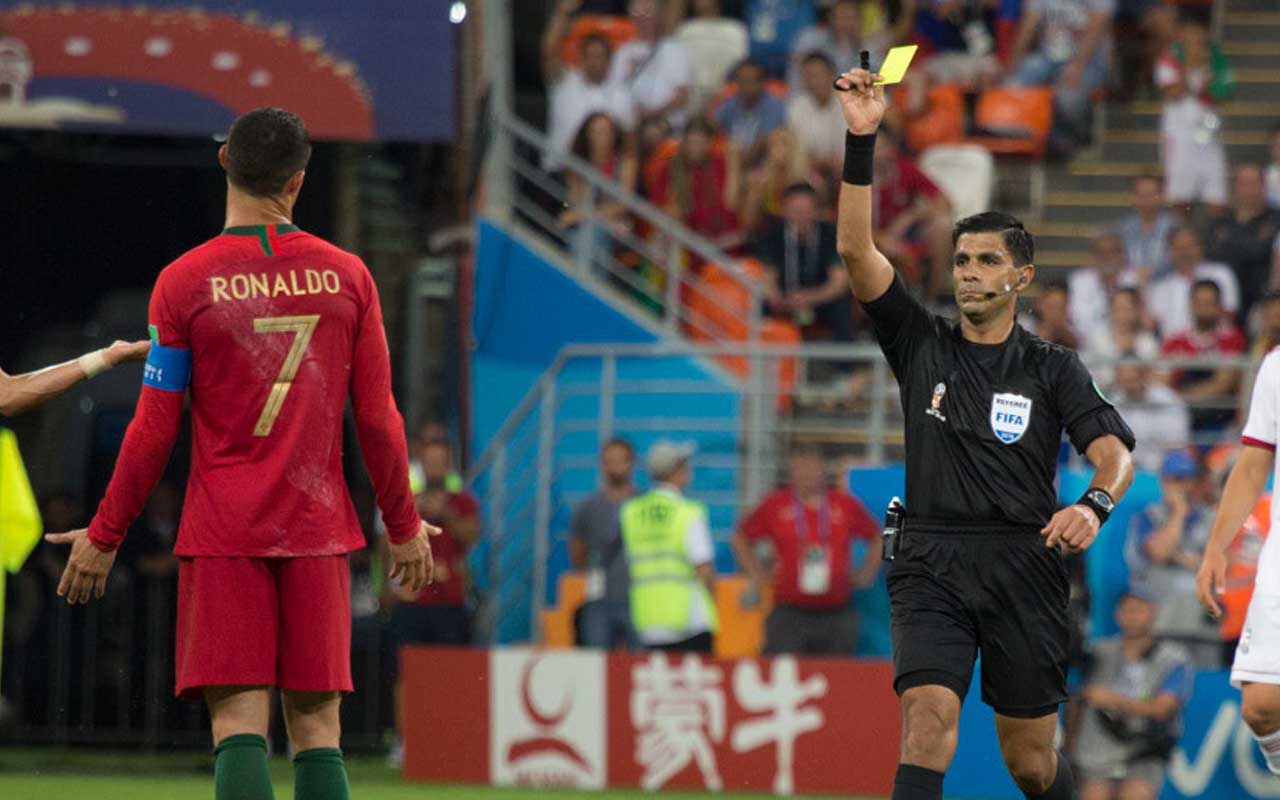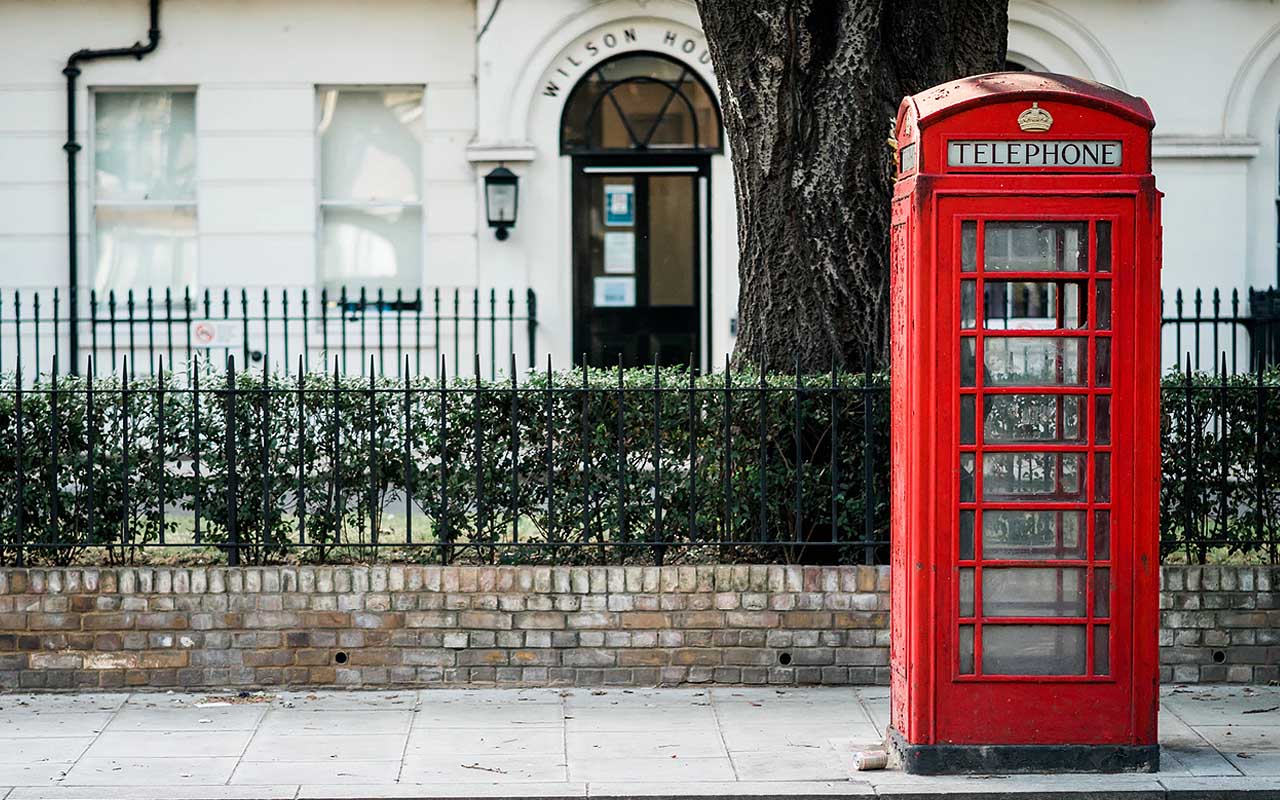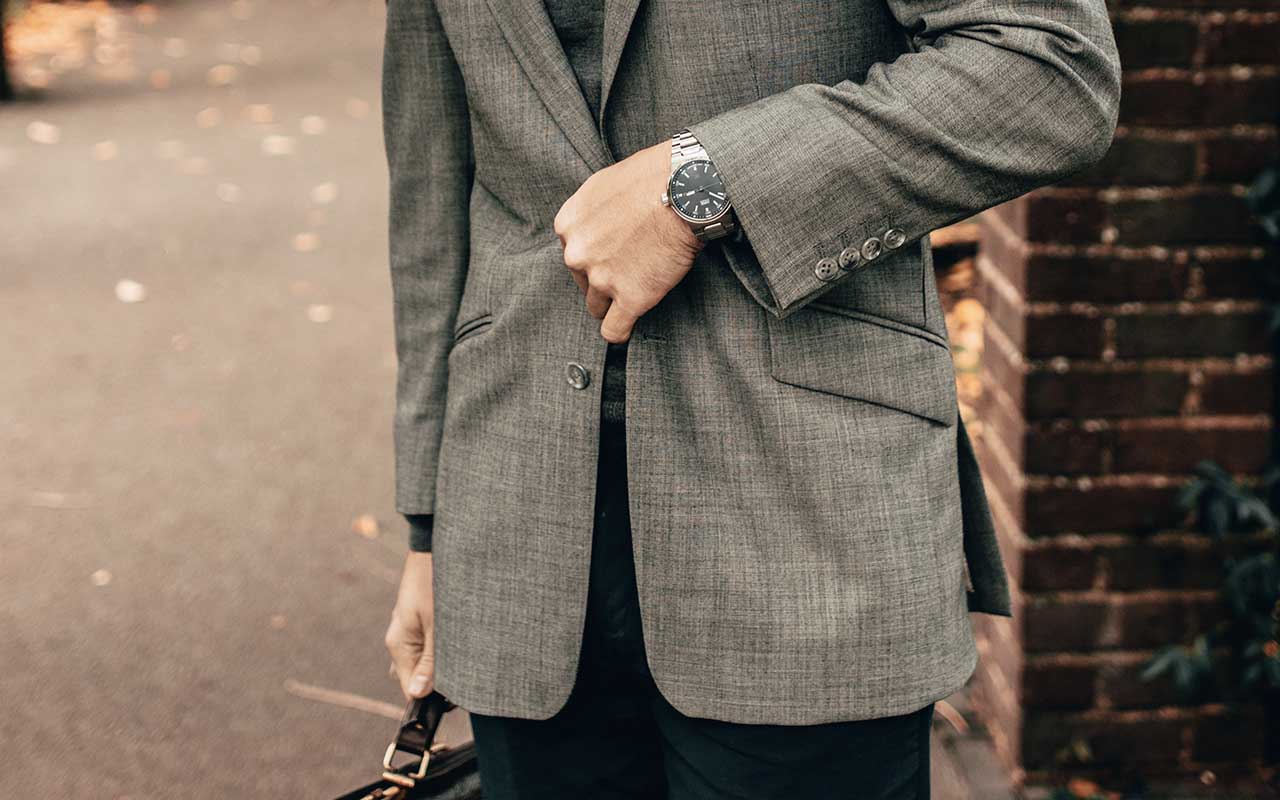On a day-to-day basis, we come across hundreds of things. We, however, are so used to everything that our brain learns to focus only on things that seem important. As we get older and as our curiosity ripens and we tend to question even the most basic of things. For instance, have you ever wondered why telephone booths in London are painted red? Why not choose a color that is more pleasing to the eyes? Well, it turns out that there’s a reason behind it. Here, we have gathered some pretty interesting facts about ordinary things and why they look the way they are.
1. Why do sailors wear striped shirts?

Have you ever wondered why sailors wear striped shirts? The striped sailor shirt has a history that dates back 160 years ago. The original navy and white pattern was designed for French sailors because the pattern made it easier for rescuers to spot a sailor who fell overboard. The 1858 “Act of France” made the shirt the official uniform for all French navy. During this time period, the French navy was headquartered in Breton, so the style became known as la Marinière or the Breton stripe.
In the original design, there were 21 stripes, for each of Napoleon’s victories. During the 1900’s, Coco Chanel brought the Marinière to the fashion world. She took note of the pattern during trips to the French coast. In fact, the pattern was such an inspiration to her that Chanel incorporated them into her 1917 collection. (source)
2. Why do football (soccer) referees use yellow and red cards?

Football, also known as soccer, is a game that has existed for more than 2,000 years. While several versions of the game has existed throughout the world, it wasn’t until the 1800’s to 1900’s that the game started to become extremely popular. According to the Federation Internationale de Football Association (FIFA), more than 240 million people around the world play soccer regularly. Although the game has been played between rival teams since the 1800’s, the yellow and red cards were not introduced until the late 1900’s.
The yellow and red cards are used to discipline players who do not follow the rules or if they become too aggressive. The yellow is a warning to the player, to remind him that he needs to play the game fair and square. If the player decides to go against the terms of the game and commit a foul, the referee can choose to kick him out of the game by waving the red card. The technique of using the cards did not exist until 1966. In 1966, during a match between Argentina and England, the language barrier caused confusion among players who were not able to understand German referee Rudolf Kreitlein’s words.
S0, World Cup referee head Ken Aston created a clearer system that used yellow and red cards to convey the message in the simplest of forms. The cards were officially introduced into the game during the 1970 World Cup finals. (source)
3. Why do things appear darker in color when they become wet?

Have you ever noticed that things tend to appear darker in color than they actually are, when they are wet? Almost all of us have had an experience in life where we sweat and it shows right through our shirt. While the situation can be embarrassing, have you ever wondered why it happens? Does the shirt change color or is it the real color of our shirt? The truth is that when things such as clothes become wet, less light is reflected off of it. This means that less light is traveling towards our eyes from those objects, making them appear darker.
Our eyes work by detecting light bouncing off of objects. The more light bouncing towards our eyes, the brighter it looks. The lesser the light, the darker it looks. Even though the same amount of water hits the fabric where it’s wet, the water makes it hard for the light to bounce its way back out to us. (source)
4. Why are telephone boxes in London painted red?

The red telephone box, or booth, was designed by Sir Giles Gilbert Scott (1880- 1960). The red post box and the red London bus are instantly recognizable symbols of Britain. In fact, the telephone boxes were designed by Sir Giles Gilbert Scott as part of a competition set by the Post Office in 1924. Even he had no idea that his design would eventually become one of the classic icons of Britain. According to The Museum of London, the original design of the telephone box was intended to be a rather dashing green and silver. This was later rejected because drivers would have had a hard time seeing the boxes when visibility was low.
The color was then chosen to be red because it provides better visibility in smog. Later on, this proved to be beneficial during The Great Smog of London of 1952. During this time period, severe air-pollution affected the British capital of London in early December and lasted for four long days. When the smog hit the capital, the city had to basically shut down because people were unable to see anything; except for the red telephone boxes. (source)
5. Why are bald heads shinier than any other surface on the human body?

Most of our body is covered with tiny hairs called vellus hairs, which is what gives skin that fuzzy look. In men, especially those who are bald, the hair follicles shrink and become skin cells. So, there’s no hair at all on top of the head, not even vellus hairs. This is not the only reason why bald spots shine. The scalp is shiny because of the sebaceous glands that secrete oils necessary for our skin. Although the sebaceous glands are everywhere on our body, the scalp has a lot more and this oil coats the surface, providing a more uniform reflective surface. This is why light reflects better on the scalp than any other part of the body. (source)
6. Why are public door handles made of brass?

There’s a reason why most public places use traditional brass door knobs instead of the stylish ones. Since door knobs are the most touched object in a public restroom, it can also be the dirtiest. Thanks to thousands of unclean hands touching the door knobs, it’s easy for bacteria to pass from one individual to another. Public restrooms often use brass door knobs because they have the ability to clean themselves. Thanks to a process called the Oligodynamic Effect, they have a resistance to mold, viruses, and other microorganisms. Studies show that within 8 hours, a brass knob is capable of disinfecting itself. (source)
7. Why do some men’s shoes have holes in them?

Today, brogue shoes are considered part of a gentleman’s look. During the 18th century they were however, part of the attire for Irish and Scottish cattlemen who worked on marshland. The cattle herders would often endure miles of harsh terrain, which caused their shoes to be wet and soggy. So, in order to dry them faster, they poked holes in them. During the 19th and 20th century, this became part of the noblemen culture. By the 1920’s, elegant versions of the shoes became available and in 1930, it became extremely popular when the Prince of Wales wore spectator brogues to play golf. (source)
8. Why do fire flames on Earth change color, whereas the color of the sun remains the same?

Have you ever noticed that fire flames are often blue, which then turns orange, yet the sun is always orange in color? The reason why flames have different colors is not only because of the type of chemical used for combustion, but also because of the spectral band emission and black body radiations. The amount of oxygen that mixes with the fuel during the combustion process also plays a role in determining the colors. When you ignite logs, you would often see white, yellow, orange, then red colors, and sometimes blue on top where the flame gets cooler.
When it comes to the sun, we perceive it as orange. In reality, the sun is white when viewed from outer space. The reason why the sun appears orange is because of the way our atmosphere scatters light. Also, the sun has a constant temperature, which also plays a role in its consistent color. (source)
9. Why are the bottom buttons of a suit left unbuttoned?

Today, it is considered part of one’s fashion to leave the bottom button of a suit unbuttoned. The tradition however, dates back to king Edward VII from the early 1900’s. King Edward VII was a fashion icon back in the day, and people copied everything he did out of respect. Leaving the bottom button unbuttoned was not only a fashion but also because they replaced horse-riding jackets. Since suits were meant to be worn as casual wear, the unbuttoned part allows the wearer to ride a horse properly. Edward VII decided that the top button should also be undone because it “looked common”, leaving the middle button to secure the coat. (source)
10. Why are tires black in color?

With so many colors available on the market, one may wonder why tires are simply made in one color. Although the rubber that tires are sourced from is a milky white color, carbon black, a chemical compound, is added to stabilize the rubber. The chemical not only causes the rubber to become black in color, but also increases the durability and strength of the tire. Carbon black is an important additive since it extends the tire’s lifespan by conducting the heat away from the parts of the car that tend to get very hot during driving. Studies show that carbon black also protects the tire from damaging UV light and ozone. (source)




